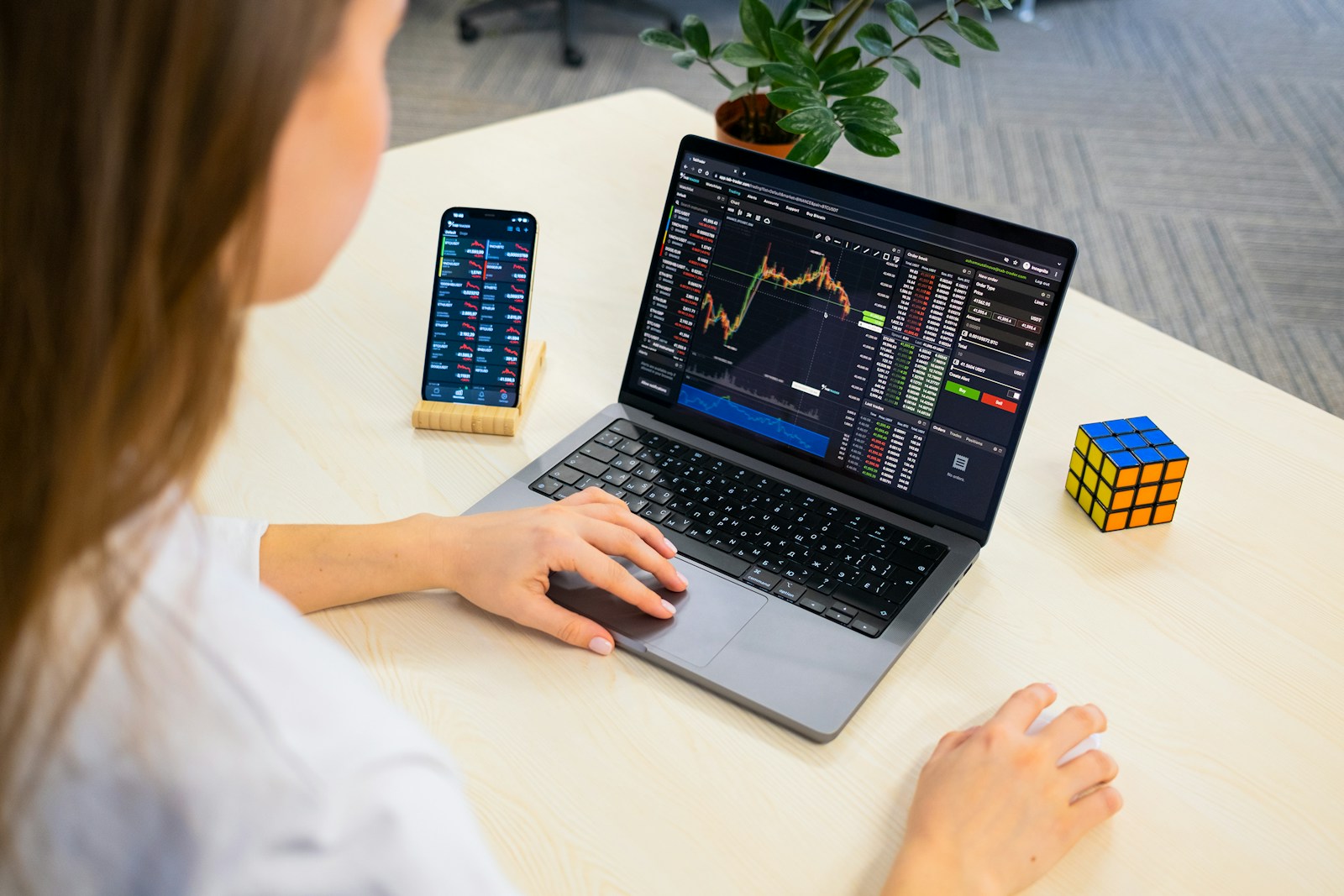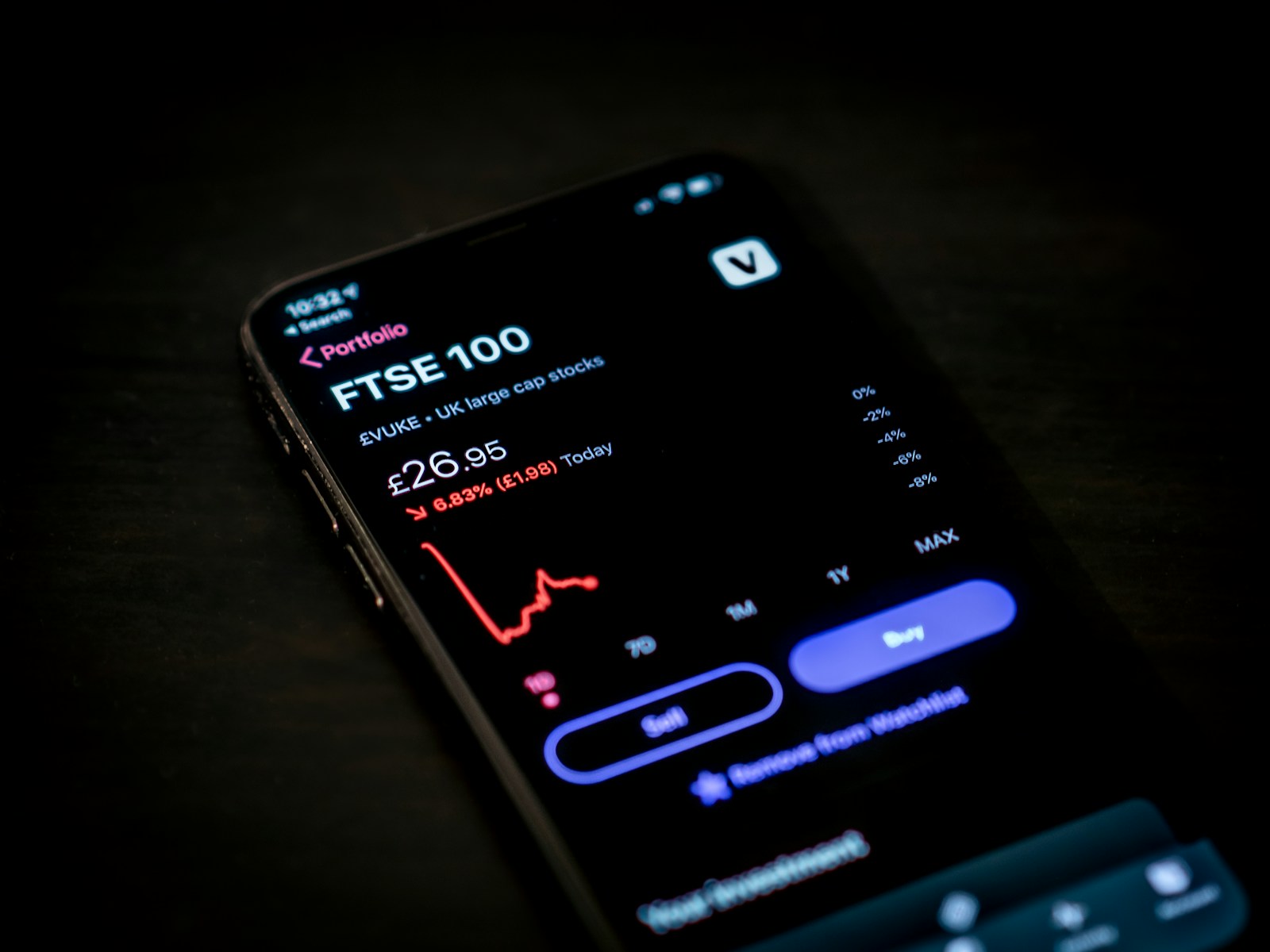Cryptocurrency investing has matured rapidly over the last few years. Once considered a high-risk gamble, it’s now a legitimate asset class with growing adoption by institutions, governments, and everyday investors.
If you’re new to crypto in 2025, this step-by-step guide will walk you through how to invest in cryptocurrency safely and smartly, whether you’re looking to buy Bitcoin or explore the world of altcoins, NFTs, or DeFi.
Why Invest in Cryptocurrency in 2025?
✅ Diversification
Crypto provides exposure to an entirely different asset class, helping diversify traditional portfolios.
✅ Inflation Hedge
Assets like Bitcoin are viewed as digital gold, with a fixed supply that resists inflation.
✅ High Return Potential
While volatile, crypto has delivered unmatched returns for early adopters.
✅ Decentralized Finance (DeFi) Access
Investors can earn passive income through staking, lending, and yield farming.
Step 1: Understand the Basics of Cryptocurrency
Before you invest, understand the key concepts:
Bitcoin (BTC): The first and most valuable cryptocurrency.
Altcoins: Any crypto other than Bitcoin (e.g., Ethereum, Solana, Cardano).
Blockchain: A decentralized digital ledger.
Wallet: A tool to store your cryptocurrency securely.
Exchange: A platform where you can buy/sell crypto.
DeFi: Financial services on the blockchain without intermediaries.
Tip: Always educate yourself before investing. Avoid FOMO (Fear of Missing Out) and hype-driven decisions.
Step 2: Choose the Right Crypto Exchange
You’ll need a crypto exchange to buy, sell, or trade cryptocurrencies. In 2025, the top platforms for beginners are:
Exchange Best For Key Features
Binance Global users Low fees, wide altcoin support
Coinbase U.S. beginners Regulated, easy to use
Kraken Security-conscious users Strong compliance, cold storage
WazirX Indian users INR trading, linked with Binance
Bybit Futures trading Copy trading, leverage options
Check for:
✅ Low fees
✅ Local fiat support (e.g., INR, USD)
✅ Strong security features
✅ Mobile app and web version
Step 3: Complete KYC and Fund Your Account
Most exchanges in 2025 require KYC (Know Your Customer) verification for security and compliance.
📋 Documents Needed:
Government-issued ID (Aadhaar, PAN, Passport)
Proof of address
Bank account or UPI details (for Indian users)
💳 Ways to Fund Your Account:
UPI, IMPS (India)
Debit/Credit card
Bank transfer
Google Pay, Paytm (in select regions)
Wire transfer (U.S., EU)
Tip: Start small — invest only what you can afford to lose.
Step 4: Choose Your First Cryptocurrency
Here are a few beginner-friendly cryptocurrencies in 2025:
Coin Use Case Why It’s Good
Bitcoin (BTC) Store of value Low supply, trusted asset
Ethereum (ETH) Smart contracts Powering most DeFi & NFTs
Solana (SOL) Fast blockchain Low fees, high throughput
Polygon (MATIC) Scaling Ethereum Ideal for low-cost DeFi
XRP Payments Fast and cheap cross-border transactions
Diversify your investment instead of putting everything into one coin.
Step 5: Place Your First Crypto Trade
Once you’ve selected your coin and funded your account:
💡 How to Buy Crypto:
Log in to your exchange (e.g., Binance, Coinbase)
Search for the coin (e.g., BTC/INR or ETH/USD)
Choose “Buy” and enter the amount
Confirm the trade
Most exchanges also support recurring purchases (weekly or monthly)—great for dollar-cost averaging.
Step 6: Store Your Cryptocurrency Securely
You can leave your crypto in the exchange wallet, but for better security, consider moving it to a personal crypto wallet.
🔒 Types of Wallets:
Hot Wallets: Mobile or desktop apps (e.g., Trust Wallet, MetaMask)
Cold Wallets: Offline hardware wallets (e.g., Ledger, Trezor)
Wallet Type Security Ideal For
Exchange Wallet Medium Short-term trading
Hot Wallet Good Daily transactions
Cold Wallet Excellent Long-term holding (HODLing)
Pro Tip: Always enable 2FA (Two-Factor Authentication) on your accounts.
Step 7: Track and Manage Your Portfolio
Use tools to track the value of your investments:
CoinMarketCap / CoinGecko – Market prices & news
Delta / CoinStats – Portfolio tracking apps
TradingView – Technical charts
Watch for price trends, market sentiment, and news updates. Set alerts so you never miss a market movement.
Step 8: Explore Passive Income Opportunities (Optional)
Once you’re comfortable, consider earning interest on your crypto:
💰 Options in 2025:
Staking: Lock up crypto to support the network and earn rewards (e.g., ETH, SOL, ADA)
Lending: Earn interest by lending your crypto on platforms like Aave or Compound
DeFi Farming: Use DeFi protocols to earn returns through liquidity pools
Make sure to understand the risks before jumping into DeFi. Look for audited platforms only.
Step 9: Learn About Tax and Legal Regulations
In 2025, crypto is more regulated than ever. Always comply with your local tax laws.
🧾 Tips:
Record every transaction (including fees)
Note gains/losses at the time of sale or conversion
Use tools like Koinly or CoinTracker to calculate taxes
Consult a local tax advisor
In India, crypto gains are taxed at 30% plus surcharge. In the U.S., capital gains rules apply.
Step 10: Stay Informed and Evolve as an Investor
Crypto changes fast. Stay ahead by:
Subscribing to YouTube channels and crypto newsletters
Following updates on Twitter/X from credible analysts
Joining communities on Telegram, Reddit, or Discord
Reading whitepapers of new projects
Keeping an eye on regulations
The more you learn, the less you’ll fear volatility.
Common Mistakes to Avoid
Mistake Why It’s Risky
Investing all in one coin Increases risk of loss
Following hype without research Prone to scams and dumps
Using only hot wallets for big amounts Security risk
Not taking profits You may miss out on gains
Ignoring tax laws Can lead to penalties
Frequently Asked Questions (FAQs)
Q1: How much money do I need to start investing in crypto in 2025?
You can start with ₹100 in India or $5 in the U.S., thanks to fractional investing.
Q2: Is it safe to invest in crypto now?
Yes, if you choose secure exchanges, use wallets, and stay informed. Always DYOR (Do Your Own Research).
Q3: Which is the best crypto to invest in 2025?
Bitcoin and Ethereum remain top choices. For high-growth potential, consider altcoins like Solana, Avalanche, or Chainlink—but understand the risks.
Q4: Can I lose money in crypto?
Yes. Crypto markets are volatile. Never invest more than you can afford to lose.
Final Thoughts
Cryptocurrency is more than just a trend—it’s a new way of investing, building wealth, and interacting with money. In 2025, it’s safer and easier than ever to get started. Whether you’re buying Bitcoin for the first time or exploring DeFi, this step-by-step guide gives you the tools to begin confidently.
Start small, stay informed, and think long-term. The future of finance is here, and it’s decentralized.



